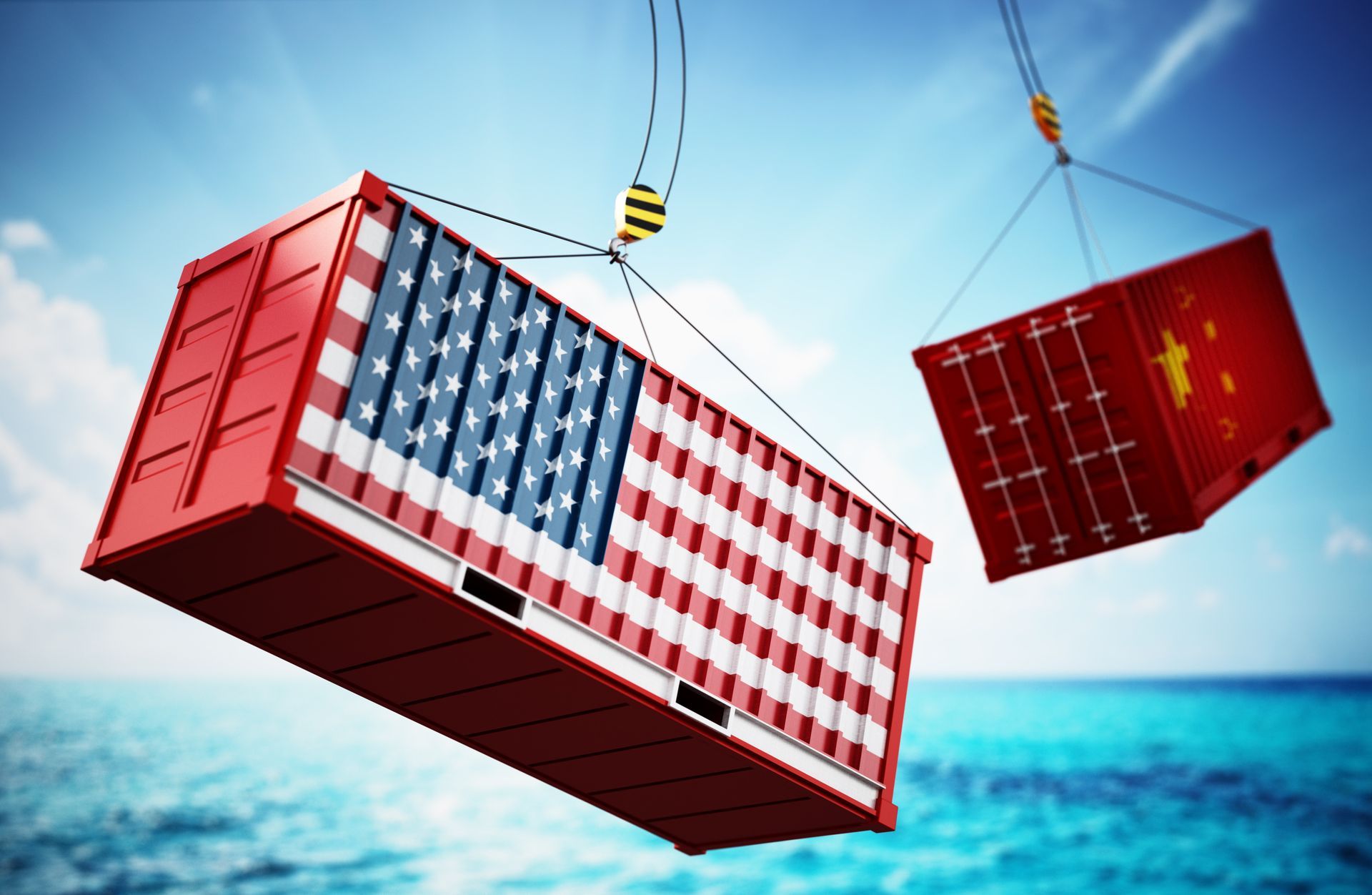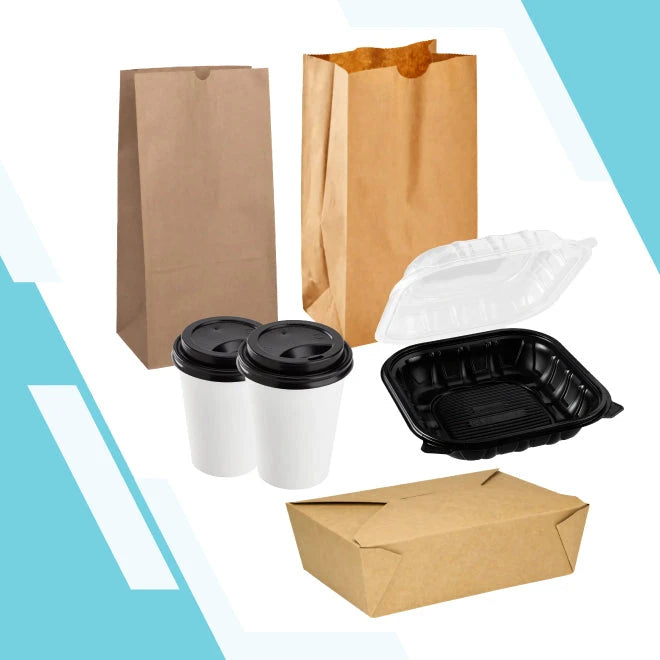Navigating Logistics Challenges: Logistics and Shipping Issues in Today's Economy
The nuances can make all the difference in ensuring operational efficiency. However, these nuances also bring a host of supply chain operations challenges and disruptions. Over the past five years, we've witnessed dramatic changes here at CHA, including:
- Sky-high inflation and shipping costs
- Major roadblocks in the international logistics network due to the pandemic (i.e., long delays)
- Geopolitical tensions disrupting timely delivery
- The fight to meet evolving regulations and remain compliant
- Labor shortages affecting logistics operations
The list continues, but one constant remains: future disruptions are inevitable. In this blog post, we will explore these key issues and discuss how preparation is essential for improving and bypassing these very real challenges.
Understanding the Current Logistics Landscape
The supply chain visibility across international logistics has become more critical than ever. Together, let's break down the key players and major trends we have seen in logistics operations over the past few years.
How the 2020 Pandemic Reshaped Global Trade
Many would argue that the pandemic had a profound impact on global logistics, and while that is true, its effect remains present in multiple ways. In supply chain operations, it increased many of the weak spots that were already there.
According to McKinsey, these weak spots include:
- Organizing and connecting with suppliers
- Transport and logistics systems
- Financial stability
- Product uniqueness
- Development of the organization
The pandemic didn't create these issues, but it did intensify them. Businesses that failed during the pandemic couldn't maintain timely delivery, which became a critical factor in customer experience and satisfaction.
Before the pandemic, cost reduction and productivity enhancement were the primary goals driving global logistics improvements, digitization, and investment. These goals remain important, but the unprecedented chaos caused by the pandemic threatened the resilient supply chain strategy of many businesses.
The Domino Effect of Delayed Shipments
A single delayed shipment can disrupt entire supply chain operations. Companies in international logistics and global logistics have implemented several tactics to reduce these delays, including:
- Increasing inventory levels
- Diversifying suppliers
- Utilizing cutting-edge technology to improve supply chain visibility and forecasting

Economic Factors Influencing Shipping and Logistics
Economic factors play a critical role in logistics operations, shaping both strategies and costs. Among these factors, inflation is a major force. It affects the price of goods, operational efficiency, and timely delivery. Stakeholders across the resilient supply chain must navigate these changes carefully.
The Role of Inflation in Logistics Costs
Understanding inflation is crucial for supply chain operations. Inflation drives up costs for raw materials, parts, and finished products. When manufacturers and suppliers face higher input costs, they often pass them along the global logistics chain.
Moreover, inflation can lead to fluctuations in demand and supply dynamics. As prices rise, consumer purchasing power falls, altering consumption patterns and affecting logistics operations.
To maintain operational efficiency, logistics planners must anticipate these shifts and adjust inventory and distribution plans accordingly.
Influence on Transportation Costs
Fuel prices and operational expenses drive transportation costs. Inflation hits hard because:
- Fuel prices rise, impacting shipping by road, air, sea, or rail
- Maintenance costs for vehicles, equipment, and infrastructure increase
- Logistics service providers struggle to maintain competitive pricing
To offset increased costs, logistics operations may require contract renegotiations or fuel surcharges.
Effects on Logistics Services
Logistics services include warehousing, inventory management, packaging, and distribution. Each of these is affected by inflation:
- Labor shortages drive up wages to meet rising living costs
- Costs for technology adoption and regulatory compliance rise
- Facility maintenance expenses increase
Logistics providers must adjust pricing while maintaining a positive customer experience.
Current Geopolitical Hotspots Affecting Global Trade Routes
Global trade is increasingly impacted by geopolitical tensions, further complicating international logistics.
- South China Sea disputes slow down critical trade routes, disrupting timely delivery
- Middle East instability threatens vital oil transportation routes, affecting fuel prices and logistics operations
As trade lanes face challenges, supply chain visibility becomes essential for rerouting shipments and maintaining operational efficiency.

Preparing for Future Disruptions
With challenges like high inflation, geopolitical tensions, and labor shortages, resilient supply chain strategies are essential. Companies must:
- Boost inventory management for improved supply chain visibility
- Diversify suppliers for a more resilient supply chain
- Invest in advanced tracking technology to ensure timely delivery
Proactive measures will help businesses navigate future logistics operations challenges.
The Main Takeaway
The logistics industry has faced five years of constant change. Skyrocketing inflation, pandemic disruptions, geopolitical tensions, and labor shortages have reshaped global logistics. Businesses must prioritize:
- Resilient supply chain strategies
- Enhanced supply chain visibility
- Improved customer experience
- Strategic planning for timely delivery
At Concentric Health Alliance, we specialize in international logistics and global logistics, offering solutions to overcome supply chain operations challenges worldwide. Our mission is to provide quality manufacturing and supply options that ensure operational efficiency and reliable procurement.
Want to learn more? Check out our shop, where our inventory contains essential medical supplies like gloves, masks, and more!









Dejar un comentario